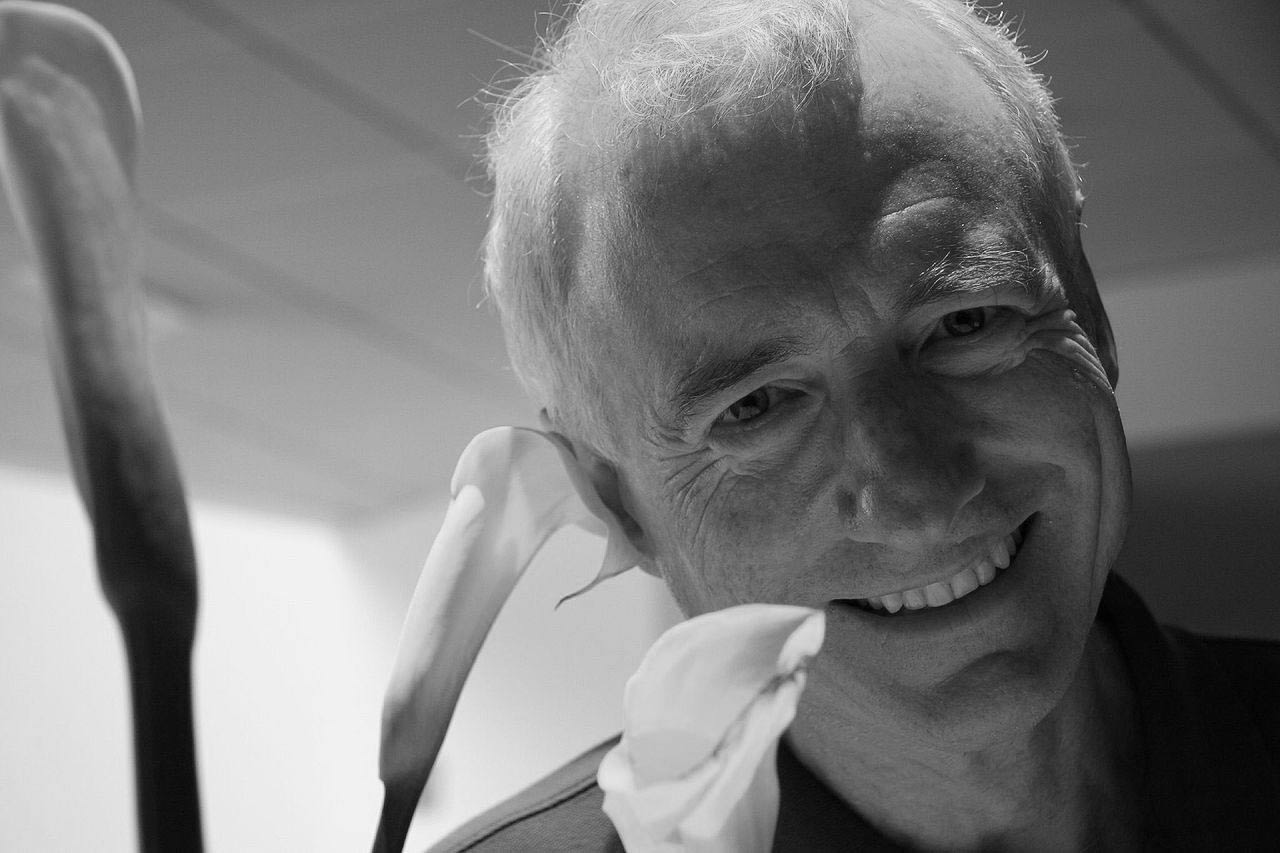Larry Tesler may not be a name familiar to everyone. He could be a stranger to most people, but his creation certainly changed the way people use computers.
In 1973, Tesler joined the Xerox Palo Alto Research Center (PARC), where he worked with Tim Mott to create the Gypsy text editor. It was during this time that he created the modeless method for copying and moving parts of text, which the digital world now know as cut, copy, paste.
According to his online CV. Tesler described his invention of the copy-paste as:
Tesler died in Portola Valley, California on February 16, 2020, at the age of 74.

Tesler was born on April 24, 1945. He started to focus his interest in computers when he was guided by his teacher that praised him for creating an algorithm for generating prime number. He self-taught programming before graduating high school.
Tesler attended Stanford University in 1961, studying computer science and graduated with a degree in mathematics.
His degree and interest in computing made him one of the very few computer programmers listed in Palo Alto. Tesler became a consultant, before joining Xerox PARC.
It was at PARC that Tesler was involved in the Gypsy word processor project for the Office System Group, and Smalltalk, the first dynamic object-oriented programming language. While working on Gypsy with his team, Tesler started envisioning the future of interactive computer, considering that text-based user interfaces would move to graphic user interfaces represented by icons for ease-of-use.
Tesler then developed the basic copy and paste function, which has since became a standard feature in computing.
“I have been mistakenly identified as ‘the father of the graphical user interface for the Macintosh’. I was not. However, a paternity test might expose me as one of its many grandparents,” wrote Tesler on his CV summary.
It was Tesler's work that fascinated Steve Jobs.
The Apple co-founder even called Tesler's work "a goldmine", to the extent that Jobs even persuaded Tesler to join Apple.
Tesler left Xerox PARC to join Apple Computer in 1980, following Jobs's visits.
The inventor of cut/copy & paste, find & replace, and more was former Xerox researcher Larry Tesler. Your workday is easier thanks to his revolutionary ideas. Larry passed away Monday, so please join us in celebrating him. Photo credit: Yahoo CC-By-2.0 https://t.co/MXijSIMgoA pic.twitter.com/kXfLFuOlon
— Xerox (@Xerox) February 19, 2020
Tesler was excited to join Apple, with him saying his reasons included the fact that Apple was more interested about the idea of computers that Xerox did. At the time, Apple was a young company yet seeing its success, and the older Xerox was more established, and was already in the dominant position.
But Xerox saw itself as copier company.
Tesler worked for Apple for almost 20 years. and was promoted to Chief Scientist in 1993. He was involved in various Apple projects, including Lisa, Newton, and Macintosh. He’s also credited with convincing Apple to invest in Advanced RISC Machines (ARM) that iPhones use.
Tesler left Apple in 1997, and co-founded his own company. He also worked at Amazon, Yahoo!, and 23andMe, before establishing himself as an independent consultant in December 2009, to help companies design their user interfaces and experiences.
"There's a very strong element of excitement, of being able to share what you've learned with the next generation," he once said.